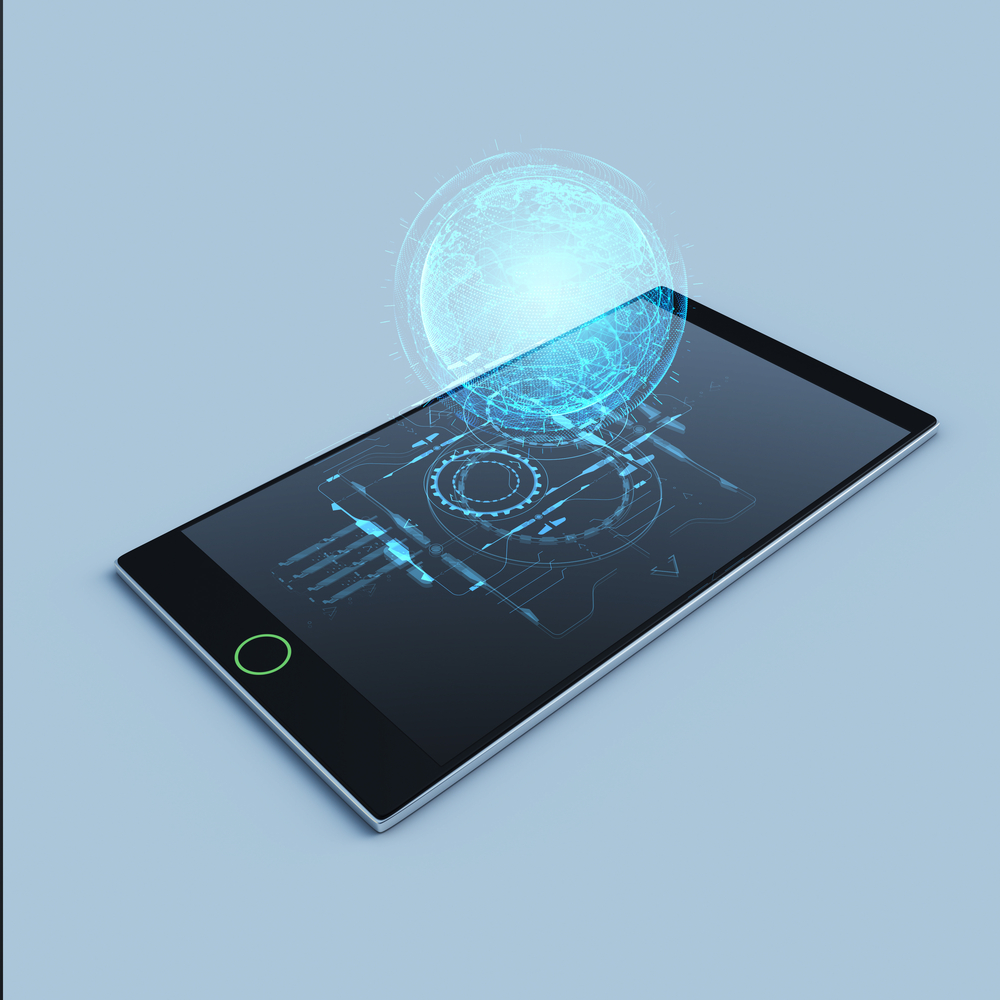Holograms are quite a significant technological innovation, about their use cases may seem a bit uncertain right now. A team of researchers from China and Australia has created the world’s thinnest hologram. According to the team, this nano-hologram can be seen without 3D goggles and may change the way we look at technology. An interesting concept, but does it have any real use?
Nano-Holograms Are A Major Breakthrough
Although not everyone will be overly excited about the concept of nano-holograms, the technological breakthrough should not be dismissed so easily. It has taken quite some time to create a hologram we can see without 3D goggles. After all, there is little point in working with holograms when the user has to wear proprietary headgear to even see it. This development is about as science fiction-esque as things will get.
What makes this whole ordeal even more intriguing is how creating nano-holograms is not as difficult to manufacture as one might think. Moreover, this technology can be used to create actual pop-up displays on top of any electronic device with a screen. Smartphones and tablets, for example, may inherit the technology to project nano-holograms in the future.
To put this into simpler terms, a nano-hologram makes actual screen sizes virtually irrelevant. A 2D screen, such as the one found in a smartphone, is still confined. Using such a nano-hologram will make it irrelevant what size the screen is, as it will only be used as a way to project the image in a bigger size. It is quite an interesting way to think of things this way, although it will take a few years before this technology is ready for consumer adoption.
Computer-generated holograms are too large for electronic devices to properly display. This nano-hologram is an ultrathin technology that is more than capable of overcoming any barriers put in place by current generations of hardware. Since this 3D hologram can pop up out of the screen, it can be as small or as large as needed. Additionally, it can showcase a wealth of data that doesn’t fit on a phone or tablet.
Use cases for this technology may be difficult to come by. However, the team of researchers feels nano-holograms will make an impact on healthcare, education, cyber security, and even data storage. It will be interesting to see how all of these industries look at nano-hologram technology and whether or not they decided to effectively use it. The next step is to create a rigid thin film to put on top of an LCD screen to display the 3D nano-hologram.
All of this goes to show we are making some major technological breakthroughs as of late. Having a viable solution that allows anyone to see 3D holograms without 3D goggles is an amazing development, even though not everyone may see it that way. It is an interesting development that can shake up the way we think of holograms in the first place. When this technology becomes available to consumers, things will get really interesting.
If you liked this article, follow us on Twitter @themerklenews and make sure to subscribe to our newsletter to receive the latest bitcoin, cryptocurrency, and technology news.

